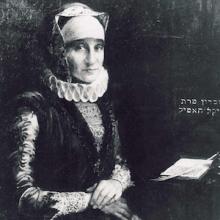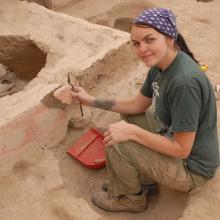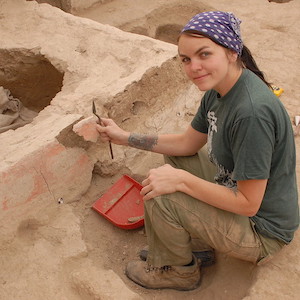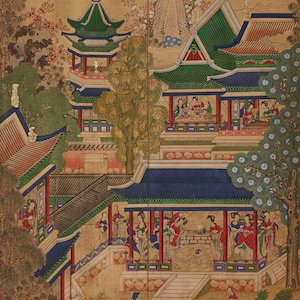Ancient (before 500 CE)

Ptolemy's World Map
Ptolemy was an ancient geographer working in Rome in the 2nd century AD.

Syllabus: Women and Gender in World History, 600-2000
The syllabus below lays out a 15-week course, beginning in the 6th century and continuing through the 20th century. It provides suggestions for how to use units and their various parts with your students, as some of the materials are student-facing, and others are instructor-facing.

Global Architectural History Teaching Collaborative
Perhaps most interesting and relevant for world history teachers and students are the modules that make connections across space and time.
Analyzing Material Objects
The modules in Methods present case studies that demonstrate how scholars interpret different kinds of historical evidence in world history. This module developed by historian Daniel Waugh explores how historians interpret material objects to better understand the past.

Temple of Vespasian altar
This stone alter found in Pompeii, Italy was part of temple dedicated to the Roman Emperor Vespasian who ruled from 69 to 79 CE. The alter depicts a scene of a bull being led to a religious sacrifice, a common practice in ancient Rome.

Bone comb
Historians and archeologists can learn a great deal from artifacts such as this comb that may date from the Neolithic or Late Stone Age. Items found near the artifact can help provide context such as when the artifact was created and what it might have been used for.

Excavation at Çatalhöyük, Turkey
The excavation at Çatalhöyük in southern Turkey began in 1958 and scholars continue to actively search for artifacts at the site. Items found at Çatalhöyük have shown that the site has been inhabited since Neolithic times beginning in approximately 7100 BCE.
Primer: Tasting and Hearing the Past
Experiencing the full spectrum of world history involves all the senses. World historians not only use their eyes to see what happened; they not only read or otherwise examine written and visual evidence.

World Digital Library
The World Digital Library is a free online archive of over 19,000 culturally significant primary source materials from around the world.